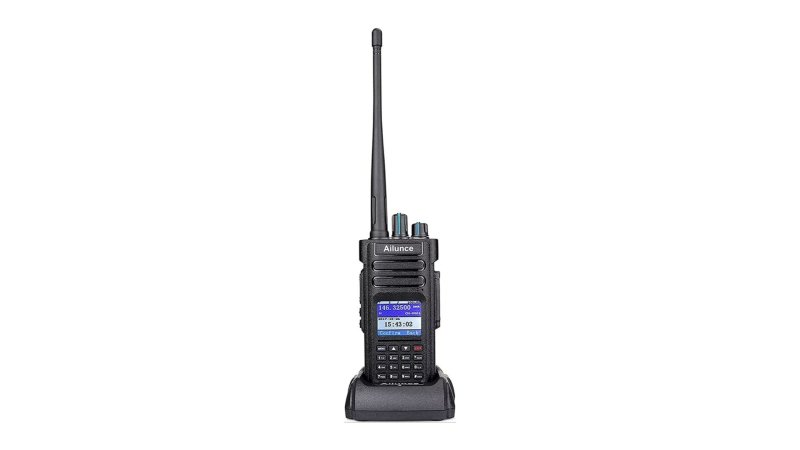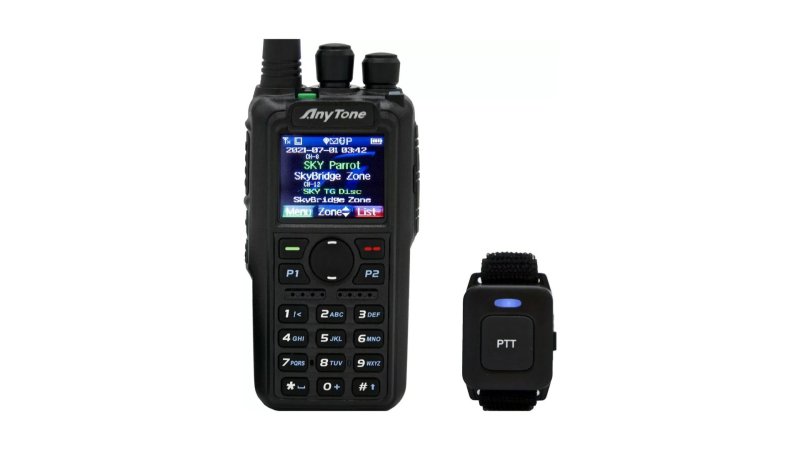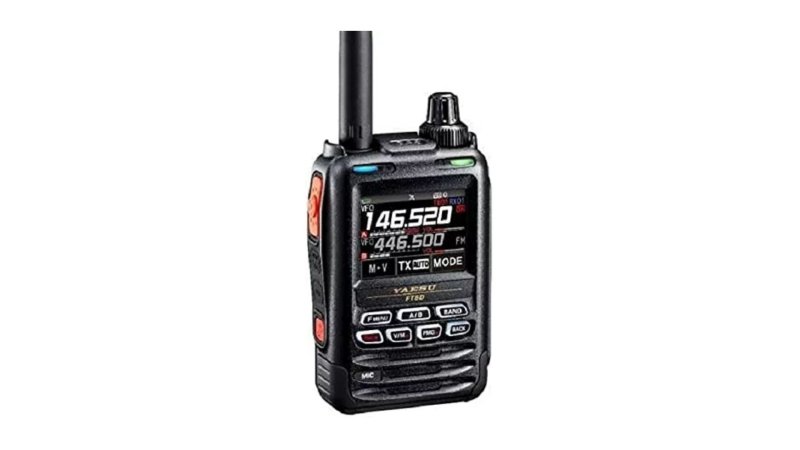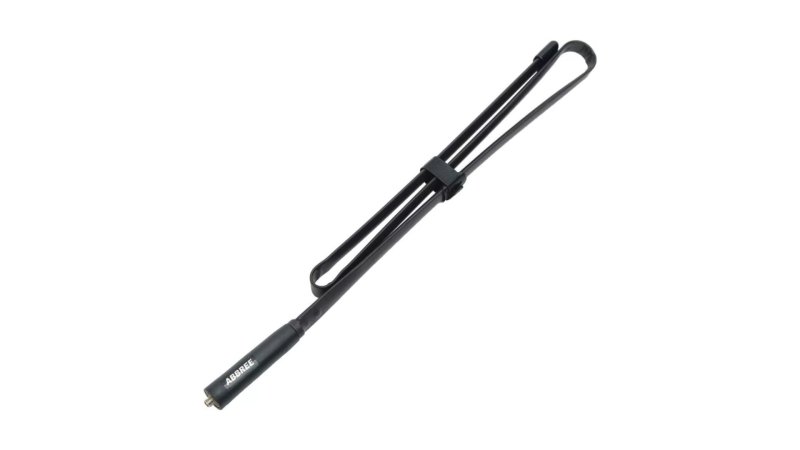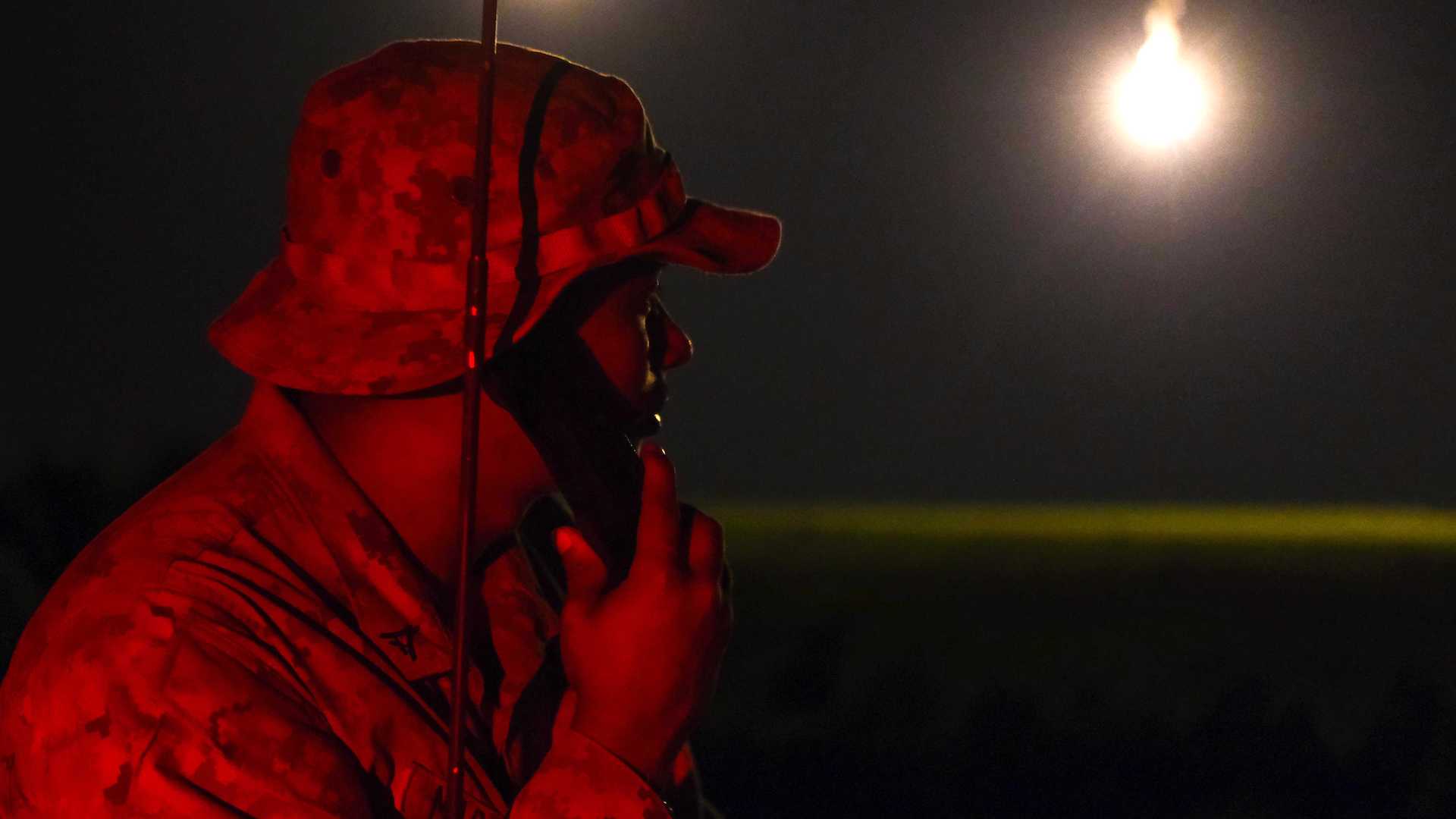

We may earn revenue from the products available on this page and participate in affiliate programs.
Comms are dark sorcery, and “long-range walkie talkies” can sound like an oxymoron, but the best long-range walkie talkies are actually quite simple to use, based on their ability to address different frequencies, accept better antennas, and increase output power.
One of the most amusing things about watching Russia’s invasion of Ukraine in early 2022 was their use of unencrypted Baofeng radios as their primary mode of communication. For those listening, it’s led to hilarious comms exchanges, but it’s also been linked to the deaths of several Russian generals. This is because they did not have properly established comms, and were not using proper encryption keys, like modern militaries.
Thankfully, you, the average Joe or Josephine, have access to better comms than the Russian military, and with this article, your own radio, and maybe a HAM radio class or two, you will have communications for your next wilderness adventure. Because when you’re in the mountains of West Virginia, the forests of the Pacific Northwest, or the scorching bright heat of the Sonoran Desert in California, cell reception isn’t always reliable, but emergency assistance can be imperative.
- Best Overall: Ailunce HD1 DMR
- Best Value: Baofeng BF-8HP
- Honorable Mention: AnyTone 878UVII DMR
- Best Heavy-Duty: Yaesu FT-5DR
- Best Long-Range Antenna: Abbree Foldable tactical antenna
How we tested
In testing these radios for this article, I wasn’t content to trust my own limited knowledge on the topic of long-range communication, so I consulted with Marine Corps communication specialists, Army signal soldiers, amateur HAM radio operators, and experts on digital signal transmission.
In addition, I experimented extensively with the radios on this list, as well as the antennas that are needed to capitalize on the radio frequencies used to get the long-range capabilities that readers of this article are looking for.
And finally, I coordinated with HAM radio operators to test the full potential of these radios, since using certain frequencies and encryption requires a HAM license to do without legal trouble.
Ultimately, we stretched these radios to the limits, and I drew on the years of experience that the people I interviewed had to ensure that these choices reflected the little things that you pick up through long-term use in the elements and various terrains.
Best Overall
Ailunce HD1 DMR
Pros
- Good water resistance
- Excellent power output for long-range use
- Full-color screen
Cons
- Digital encryption is so-so
- Not as many digital contacts as other models
- Power unstable on UHF
Product Specs
- Frequencies: VHF 136-174 MHz, UHF 400-480, other frequencies possible through advanced programming
- Maximum power output: 10 watts
- Battery life: 3200 mAh
- Water resistance: IP67
Best Value
Baofeng BF-8HP
Pros
- Affordable
- Easy-to-find parts
- Very simple
Cons
- Prone to overload
- No digital communication or encryption
- Poor durability
Product Specs
- Frequencies: VHF 136-174 MHz, UHF 400-520
- Maximum power output: 8 watts
- Battery life: 2000 mAh
- Water resistance: N/A
Honorable Mention
AnyTone 878UVII DMR
Pros
- Top-tier encryption
- Includes comprehensive training software
- Stable at high frequencies
Cons
- Lower power than other options
- Less water-resistant than other options
- GPS location doesn’t always work
Product Specs
- Frequencies: VHF 136-174 MHz, UHF 400-480
- Maximum power output: 6 watts
- Battery life: 3100 mAh
- Water resistance: IP54
Best Heavy-Duty
Yaesu FT-5DR
Pros
- Incredibly wide band range
- Touchscreen controls
- Independent dual-band function
- Cream of the crop quality
Cons
- High cost
- Lower output wattage
- Lower battery life
Product Specs
- Frequencies: Continuous from 0.5Mhz to 999.99Mhz, with controls for U.S. Cellular band
- Maximum power output: 5 watts
- Battery life: 2200 mAh
- Water resistance: IPX7
Best Long-Range Walkie-Talkie Antenna
Abbree Foldable tactical antenna
Our verdict on long-range walkie talkies
Using a handheld radio at a long distance takes more than just a solid radio. It takes knowledge of waveforms, proper antenna choice, and knowing how to take advantage of the terrain around you. The Ailunce HD1 is the best overall, with a great balance of features and specs, as well as a fair price. The Baofeng BF-8HP is the budget choice that’s great for beginners or those tight on cash, as long as you don’t mind low durability and no digital transmission capabilities. The Anytone 878 has some of the best encryption of any of the choices here and adds other features like a huge address book and super stable transmissions.
What to consider when buying long-range walkie talkies
When purchasing a long-range radio, you have to take into account the trinity of features that determine how far your signal will travel: output power, wavelength, and terrain. Two of these factors can be controlled with your buying decisions, but the third is a matter of how you choose where to transmit from physically.
Key features of long-range walkie talkies
Output power
The output power is what it sounds like, and for longer-range transmissions, the higher output power is desirable simply to ensure that the signal has a higher chance of reaching the recipient. The disadvantage to using a higher output power is that not all radios are capable of high power, it consumes more battery, and if used for closer range transmissions with certain radios, it can cause receiver overload. Generally, larger radios powered by vehicle amplifiers will have higher outputs, but for handheld sets, it’s more limited.
Wavelength
The wavelength of a signal determines how the radio waves interact with the atmosphere and terrain, as well as how they carry the signal itself. Lower frequencies with narrower bandwidth will travel further but are less capable of carrying digital frequencies. So for instance, high-frequency, or HF, bands can travel very far by bouncing off the ionosphere and the bottom of the ocean, but the antennas have to be very large, they get very hot, and you will experience signal lag where the transmission can take dozens of seconds or even minutes to reach the receiver. UHF, or ultra-high frequency, transmits very quickly and transmits data well, but is basically only useful with a direct line of sight, which is why it’s commonly used for transmitting to aircraft.
Analog vs digital transmission
Analog waves transmit sound or data by modulating an electrical or radio signal, and digital converts the signal into a series of ones and zeroes. The advantage of analog is that it can be received by anyone with a conventional radio, whereas digital requires the use of a digital radio receiver; otherwise, the signal sounds like an electrical tone. Digital offers the advantages of communications security due to encryption, and clearer transmission due to the receiver only needing to get the ones and zeroes to receive the signal, so it can have a longer transmission distance due to being a simpler signal.
Pricing for long-range walkie talkies
In general, the pricing of radios is determined by their features, the quality control, and their country of manufacture. Chinese-made radios will likely be cheaper, compared to their Japanese brethren. The low pricing bracket is $50 to $100, and basically encompasses Baofengs and other less reputable inexpensive radios. There are plenty of radios in this bracket, but their output power may be unstable, they might be unreliable, and they’ll often be fragile.
From $100 to $250, you’ll find the beginning of DMRs, which will feature digital transmission capabilities, higher output wattage, and better durability. From $250 on up, premium DMRs, vehicle radios, and high-end options like Yaesu are available, and you’ll find premium features and build quality.
Tips and tricks
- Fold your blade antennas once, and only in one direction, or risk them losing their rigidity and bending in multiple locations.
- Do not touch an antenna while transmitting, due to electrical shock hazards. This is more important for bare metal antennas but is a good precaution to follow.
- When trying to transmit over longer distances, ensure that the antenna isn’t fully masked by your body or the terrain to maximize range potential.
- If in a stationary location, take the time to plug the radio into a larger antenna for greater range.
- Coordinate ahead of time with people who you want to communicate with, which frequencies you’ll be using, and make a note of the emergency frequencies in your area in case you have to send distress signals in the clear.
- Always bring extra batteries. The day you don’t is the day you’ll run out of power.
FAQs about long-range walkie talkies
You’ve got questions, Task and Purpose has answers.
Q: What is Family Radio Service and General Mobile Radio Service?
A: Family Radio Service, or FRS, and General Mobile Radio Service are sets of frequencies that are open to everyone to use, regardless of what licenses or certifications they might have. Outside of these frequencies, you’ll need a HAM license, and advanced certifications may be required to use certain frequencies, wattages, or encryption protocols.
Q: How much distance can walkie talkies cover?
A: This is determined by the waveform, output power, and terrain, but GMRS frequencies with a stock antenna usually have a line-of-sight transmission distance of five miles. Using better antennas or different frequencies available to HAM licensees is important to increasing range.
Q: Do walkie talkies run out of battery?
A: Um, yes?
Task & Purpose and its partners may earn a commission if you purchase a product through one of our links. We independently evaluate gear by putting products in the hands of subject matter experts. The products we test may be purchased by Task & Purpose, our staff, or provided for review by a manufacturer. No matter the source, our testing procedures and our assessments remain free from third-party influence. Learn more about our product review process.
